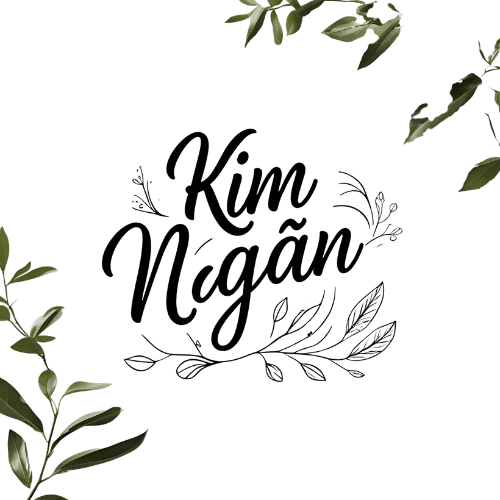Songnisan & Beopjusa – When Mountains Hold Their Breath
Songnisan & Beopjusa – When Mountains Hold Their Breath
“Some mountains rise with power. Songnisan rises with stillness. And at its heart, Beopjusa doesn’t preach — it listens.”
🌄 Overview – A Sacred Pause in a Restless World
In central Korea, where highways slow and hills begin to breathe, you’ll find Songnisan National Park — a mountain that doesn’t shout, but rests in deep silence.
Tucked into its folds is Beopjusa Temple, one of the oldest and most sacred Buddhist temples in Korea. Here, stone lanterns line your path, monks sweep in silence, and every pine tree seems to whisper slow down.
This is not a destination.
It’s a gentle invitation — to walk softer, breathe deeper, and remember the parts of you that have been quiet for too long.
🧘 Highlights – Where Nature and Spirit Meet
Songnisan’s Pine Forest Trail – Walk between centuries-old trees that silence the mind
Beopjusa Temple – A golden Buddha, quiet courtyards, and deep, grounding presence
Palsangjeon Wooden Pagoda – Korea’s tallest wooden pagoda, standing in meditative grace
Beopjusa Temple Stay – Sleep in simplicity, rise with chants, reconnect with stillness
Munjangdae Peak – A moderate hike to a sunrise that speaks without words
Autumn Foliage or Winter Snow – Songnisan changes colors, but never its soul
🕊️ Culture & Atmosphere
Unlike bustling temple sites, Beopjusa does not perform. It lives.
Monks chant at dawn, visitors bow in silent reflection, and bells echo through trees — not for effect, but from practice.
It’s one of the few places where you can hear yourself again, not through your thoughts, but through the space between them.
📌 Tip: Walk slowly, speak softly, and let your camera rest more than usual.
🍵 Food for the Soul
Temple meals (sachal eumsik) – Vegan, seasonal, silent — eaten with mindfulness
Local mountain herbs dishes – Rooted in place, healing in flavor
Chestnut sweets (bam dasik) – Simple, earthy, made with care
Traditional teas – Often served in quiet cafés nearby or within temple grounds
💡 Note: In this area, eating is part of reflection. Don’t rush it.
🧭 Travel Tips – Prepare to Slow Down
- Take a bus to Songnisan Town (often called Beopjusa Entrance) — charming and quiet
- Hike or stroll to the temple — no cars allowed past a certain point
- Temple Stay requires pre-booking — English-friendly and deeply respectful
- Avoid weekends or holidays for a more personal, introspective experience
- Bring warm socks — you’ll take off your shoes often, even in winter
🧣 What to Wear
Spring/Fall: Light jacket, layers, walking shoes
Summer: Breathable clothing, hat, mindfulness of modesty
Winter: Thermal layers, gloves, hat — it gets beautifully cold
Tone tip: Neutral, calm colors — you’ll blend better with the forest and temple energy
📸 Photo Moments That Don’t Ask for Filters
Morning mist in the pine forest, just before sunrise
Golden Buddha at Beopjusa glowing softly at dusk
Your own shadow cast beside stone lanterns
A monk’s robe in movement — if you’re lucky, from a respectful distance
Fallen leaves in silence, unarranged but perfect
📍 Where to Just Be
Temple inner courtyard – Sit, breathe, listen
Pagoda corner bench – Especially after rain
Tea house near the gates – Warm bowl, wooden walls, no rush
Forest trail behind the temple – No signs, just intuition
Munjangdae at sunrise – A quiet, wordless triumph
🗓️ Suggested 2-Day Itinerary (Softly Structured)
Day 1 – Arrival & Awareness
Morning: Bus or drive to Songnisan
Afternoon: Walk through pine forest to Beopjusa Temple
Sunset: Explore temple grounds + tea in the village
Night: Temple Stay (or local hanok-style inn)
Day 2 – Clarity & Climb
Early: Temple wake-up + meditation or sunrise hike to Munjangdae
Breakfast: Temple meal
Late morning: Stroll to wooden pagoda + reflection walk
Optional: Journal or sketch beside stone wall before returning
❓ FAQ & Estimated Costs
Item Cost (USD)
Seoul–Songnisan bus (round) ~$15–25
Entry to Songnisan Park ~$2–3
Temple Stay (1 night) ~$40–60
Local vegan/temple meal ~$7–12
Tea house drink ~$4–6
🌬️ You don’t go to Songnisan to be amazed. You go there to be still. Where monks walk like wind. Where temples breathe with trees. Where the mountain holds its breath — just long enough for you to hear your own again.
🙏 Thank you for reading.
Next, we move toward Korea’s southern coast — where art, boats, and sunsets create a life painted in calm.
🗺️ → Next up: Tongyeong – Where Sea and Story Blend Like Brushstrokes
